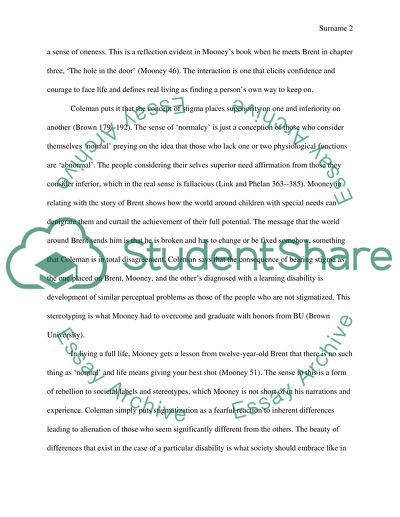Cite this document
(“Coleman as a Lens for Parts of the Mooney Book Essay”, n.d.)
Coleman as a Lens for Parts of the Mooney Book Essay. Retrieved from https://studentshare.org/english/1631689-coleman-as-a-lens-for-parts-of-the-mooney-book
Coleman as a Lens for Parts of the Mooney Book Essay. Retrieved from https://studentshare.org/english/1631689-coleman-as-a-lens-for-parts-of-the-mooney-book
(Coleman As a Lens for Parts of the Mooney Book Essay)
Coleman As a Lens for Parts of the Mooney Book Essay. https://studentshare.org/english/1631689-coleman-as-a-lens-for-parts-of-the-mooney-book.
Coleman As a Lens for Parts of the Mooney Book Essay. https://studentshare.org/english/1631689-coleman-as-a-lens-for-parts-of-the-mooney-book.
“Coleman As a Lens for Parts of the Mooney Book Essay”, n.d. https://studentshare.org/english/1631689-coleman-as-a-lens-for-parts-of-the-mooney-book.


